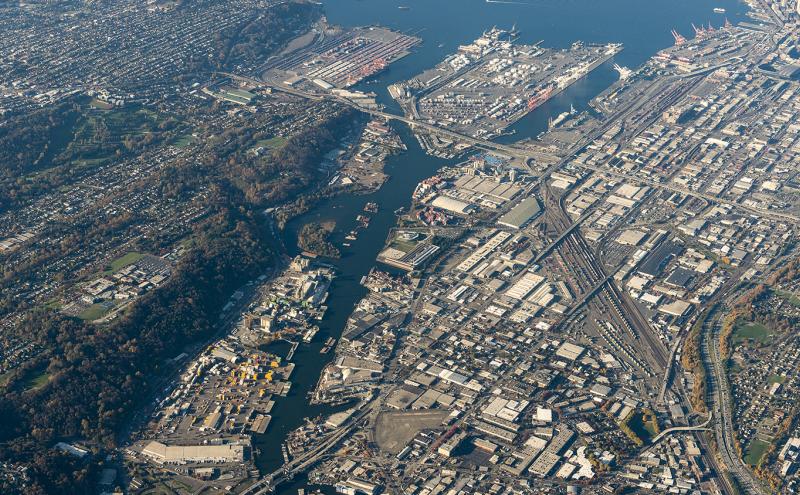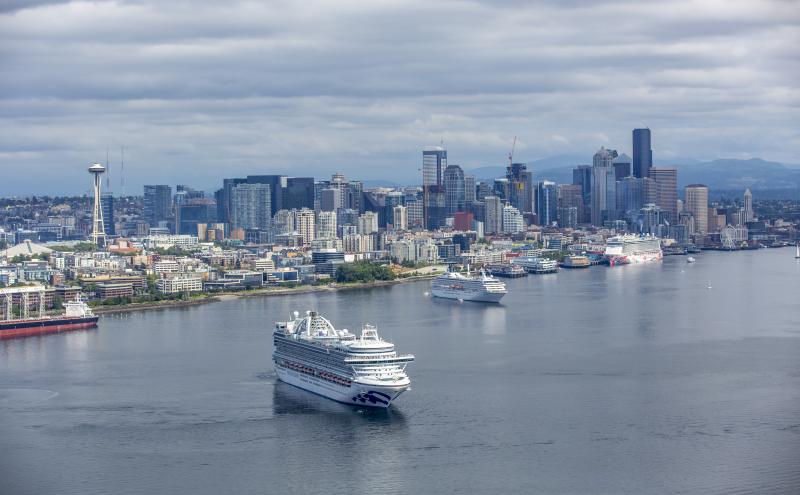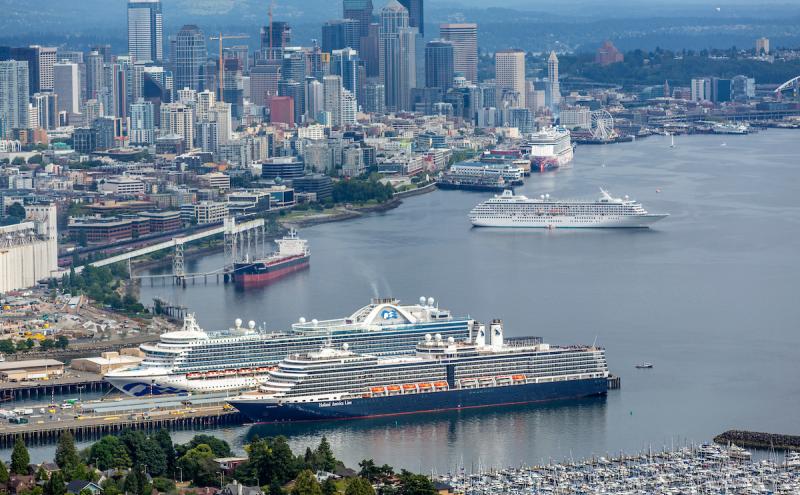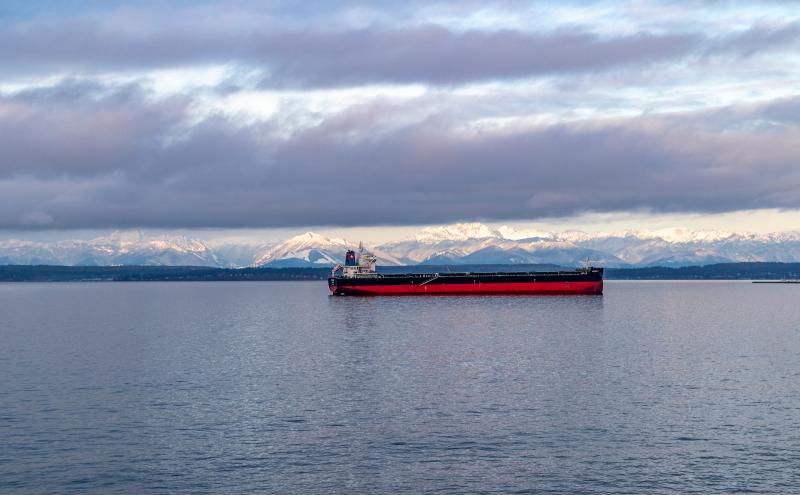
By Tosca Pinder, President, Seattle Propeller Club
While the Port of Seattle and The Northwest Seaport Alliance have been successfully implementing an ambitious and comprehensive clean air strategy, our region’s maritime businesses have also been hard at work creating innovative initiatives to address the urgency of climate change.
Maritime sector innovation
For those companies operating under International Maritime Organization (IMO) rules, the established guidelines for decarbonization target a 40% reduction by 2030 and a 70% reduction by 2050 compared with 2008 emissions. But for Puget Sound companies — from tugboat to shipping to passenger vessels to terminal operators — going beyond those targets is just the right thing to do.
"Our region is leading in the global maritime industry's rapid shift towards decarbonization,” said Joshua Berger, Founder and President/CEO of Washington Maritime Blue. “We have strong industry leadership backed by public investment in the infrastructure that enables a clean energy transition, and we are a region that embraces innovation. In the last five years, we have really come together to get organized, collaborate, and attract the capacity and talent to get things done."
Maritime Blue is currently leading a variety of innovative projects including a zero-emission fast foil ferry, scaling up the use of clean hydrogen for port and maritime applications, and developing the off-shore wind sector.
Alternative fuels in shipping
The region’s shipping industry is also out front on clean air initiatives. The Pacific Merchant Shipping Association (PMSA) represents marine terminal operators, container vessels, and others in the trade community on the West Coast and is a founding member of the Pacific Northwest Maritime Air Forum, which has been successful in reducing air emissions associated with the maritime transportation of freight and passengers.
“Strategies like cleaner equipment and fuels have substantially reduced the impact of port operations on the surrounding community,” said Jordan Royer, PMSA Vice President of External Affairs. “For example, sulfur in vessel fuels have been reduced by over 95% resulting in significantly less vessel emissions in general and diesel particulate matter specifically.”
Royer noted that terminals in the Pacific Northwest are also in the process of upgrading cargo-handling equipment. “Over 50% of equipment has already been transitioned to the cleanest Tier 4 standard available, which reduces both nitrogen oxides and diesel particulate matter by 90%,” he said.
All of these efforts have resulted in significant emissions reductions between 2005 and 2016 (the most recent year data is available; a new data collection effort is underway now):
- emissions of sulfur oxides have decreased by 97%
- diesel particulate matter is reduced by 81%
- and nitrogen oxides are down by 35%
“As the focus turns to reducing the greenhouse gas footprint of the maritime industry, new technologies are being tested and deployed,” Royer said. “One of the biggest challenges will be reducing greenhouse gas emissions from vessels. Today, no technology exists that can provide for a zero-emissions ship. Nonetheless, significant investments in green methanol and liquified natural gas ships are being made that can significantly reduce or eliminate the greenhouse gas footprint of vessels.”
Liquified natural gas (LNG)
TOTE launched the world’s first liquefied natural gas (LNG) powered container ships in 2015. Conversion is underway for the Alaska ORCA Class vessels to run on dual-fuel LNG power by 2023. The use of LNG as a maritime fuel results in significant emissions reductions and an improvement in overall air quality. TOTE also uses shore power for its operations at the Port of Tacoma.
Clean electric shore power
“We have also worked with the Port of Seattle to incorporate high-capacity shore power at Harbor Island Marina where we moor our harbor tugs,” said Russ Shrewsbury, Owner, of Ballard-based Western Towboat. “By branching out and partnering with local regulatory and government bodies we have been able to make great progress lessening our environmental footprint. As a company moving forward, we will look to continue to upgrade our fleet and utilize the newest technology and innovations to lessen our carbon footprint in our work environments.”
Western Towboat recently completed two repowers with help from Washington Department of Ecology clean harbor grants. “Our most recent project was a complete repower of our tug West Point from Tier 0 to Tier 3 main engines and generator,” Shrewsbury said.
And the future for clean power is bright. Today, Crowley is building and will operate the first fully electric tugboat in the United States, the eWolf.
“Crowley’s design provides operators the tugboat solution to continue serving ships quickly and powerfully, while reducing their environmental impact by eliminating a carbon footprint,” said Ray Martus, Vice President, Crowley Engineering Services. “The zero-emissions tug continues Crowley’s dedication to sustainability with our initiatives such as using biofuels throughout our fleet.”
The cruise industry is also proactively addressing climate change. According to Holland America’s Sustainability 2022 Report, the company’s 2030 goal is to
“achieve a 40% carbon intensity reduction relative to our 2008 baseline measured in both grams of CO2e per ALB-km and grams of CO2e per ALBD. Our path to decarbonization involves multimillion-dollar investments. We are reaffirming our commitment to decarbonization by supporting the transition to alternative fuels and technologies such as biofuels, large-scale batteries, and fuel cells.”
The Port of Seattle is also currently working to bring clean electrical power to ships berthed at Pier 66.
“Electrification of the waterfront is a key step the Port can take toward advancing the decarbonization of the maritime industry,” said Port of Seattle Commissioner Fred Felleman. “Installation of shore power at Pier 66 will mean that all equipped cruise ships calling on Elliott Bay will be able to turn off their engines while at berth. This will not only reduce greenhouse gas emissions and air pollution impacting neighboring communities, but it will further demonstrate our commitment to being the greenest cruise ship home port in North America which is good for the environment and the economy."
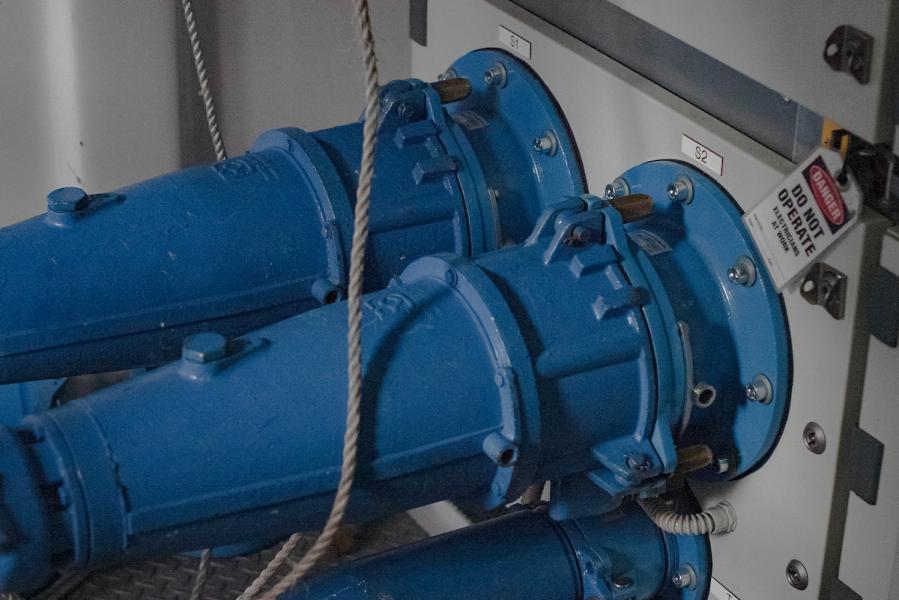
Offshore wind
Finally, offshore wind energy offers the opportunity to address the climate crisis, while meeting our future energy needs and providing good paying jobs.
Foss, which has been an international leader on decarbonization projects such as building the world’s first low emissions hybrid tugboat, partnering with Sandia National Laboratory on a project to test portable hydrogen fuel cells housed in 40’ containers for barges, and switching their entire fleet to ultra-low sulfur diesel in 2007, recently announced the creation of another offshore wind project.
“The New Bedford Foss Marine Terminal is perfectly situated to support offshore wind projects on the East Coast,” said Jason Childs, President and CEO of Saltchuk Marine, Foss’ parent company.
“Today, our region is leading a global push towards sustainability, decarbonization, and environmental justice,” said Eleanor Kirtley, who is the Seattle-based senior program manager for Green Marine, which certifies more than 160 ship owners, port authorities, terminal operators, and shipyard managers throughout Canada and the United States. “Building a clean energy economy can promote sustainability, while opening a vast array of new economic opportunities, bringing good paying jobs and investment to communities of color that are disproportionately impacted by pollution and climate change.”
About the Author and the Seattle Propeller Club
Tosca Pinder is the President of the Seattle Propeller Club and an Associate Vice President, Property & Casualty | Maritime, at Newfront.
The Seattle Propeller Club is the largest and most diverse maritime business organization in Seattle. The Club is designed to promote maritime commerce in the Puget Sound region and holds monthly networking events, raises funds to support maritime nonprofit organizations and supports initiatives to enhance the vitality of the industry. The Maritime Festival, Seattle Maritime Matters and Seafood 101 campaigns are produced by the Seattle Propeller Club.

